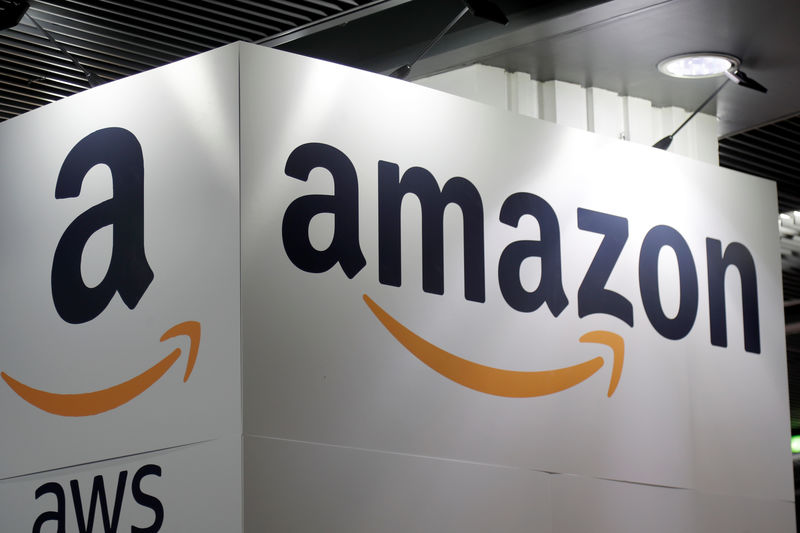The US ad market outlook for the rest of 2024
The U.S. advertising market is poised to show remarkable strength, with a projected growth rate of 9.4%, up from 4.5% in 2023, as per analysts at Morgan Stanley.
This expansion is largely fueled by digital media and performance-led advertising, which are transforming the landscape by pushing brands toward measurable, bottom-of-the-funnel strategies.
As the economy continues its uneven recovery, advertisers are leaning heavily into channels that can provide tangible returns, such as search, social media, retail media, and connected TV (CTV).
The shift to digital has been seismic, with roughly 75% of the U.S. ad market now falling into digital channels.
This transition is driven primarily by the growing dominance of e-commerce, retail media, and performance advertising across digital platforms.
Brands are focusing on driving conversions through highly targeted campaigns, where the returns on investment can be measured directly, pushing ad dollars further into digital ecosystems.
One of the key drivers of this performance-based push is retail media, a category that has exploded in recent years alongside the growth of e-commerce.
Retail media networks, fueled by giants like Amazon (NASDAQ:AMZN ), are thriving as they offer advertisers an opportunity to target consumers closer to the point of sale.
This trend is complemented by the rise of connected TV, which has also seen tremendous growth in the last few years, although the sector is expected to face some deceleration in the second half of 2024 due to tough year-over-year comparisons.
Despite the remarkable expansion in digital, certain traditional media are struggling. “Linear TV advertising, excluding sports, continues to see healthy secular declines,” the analysts said
Cable networks and terrestrial radio are also facing headwinds as more advertisers shift their budgets toward digital platforms.
While political ad spending in the latter half of 2024 is expected to provide some support, these sectors are not expected to experience a long-term recovery.
At the same time, outdoor advertising is also seeing a resurgence. “We see this deceleration most notably in the CTV market, while late cycle media like OOH is still expected to deliver accelerating YoY growth in 2H24,” the analysts said.
Within the digital realm, tech giants continue to lead the charge. Meta (NASDAQ:META ) and Google (NASDAQ:GOOG ), two of the biggest beneficiaries of the shift to performance-led advertising, have demonstrated impressive growth.
Meta, in particular, is leveraging its investments in artificial intelligence to improve ad performance across its platforms. Through innovations such as a unified video recommendation service and enhanced ad personalization,
Meta is seeing increased engagement on platforms like Facebook Reels and stronger return on ad spend for U.S. advertisers. Google (NASDAQ:GOOGL ), meanwhile, remains resilient in search advertising, especially in categories like retail and financial services, further solidifying its position as a key player in the ad ecosystem.
Amazon, while still a dominant force in the digital ad market, has faced some challenges with its CTV offering, which has rolled out slower than expected.
However, Morgan Stanley remains optimistic about its long-term prospects, especially with upcoming ad load increases expected in the fall during major events like the NFL football season and holiday shopping period.
Although the U.S. ad market is set for strong growth, some early-cycle media, particularly CTV, may see a slowdown in the second half of the year.
This deceleration comes as the market moves beyond favorable comparisons from late 2022 and early 2023. Despite this, late-cycle media like retail and political advertising are expected to pick up the slack, ensuring that overall market performance remains healthy.
Beyond digital and broadcast media, the broader digital transformation is delivering mixed results.
While business and digital transformation services are vital for brands adapting to today's market, they also create challenges for traditional ad agencies, especially in sectors that focus more on IT services than marketing.
This shift has impacted the growth of agency holding companies, even though media spending remains strong.
Among individual companies, Omnicom is particularly well-positioned to benefit from the current trends.
With recent account wins and exposure to the fast-growing retail media segment, Omnicom (NYSE:OMC ) is expected to see organic revenue growth of about 10% in 2024 and potentially more in 2025.
Conversely, Roku (NASDAQ:ROKU ), despite being a key player in the CTV space, faces challenges due to increased competition and concerns about its ability to grow platform revenue as expected.
Source: Investing.com
